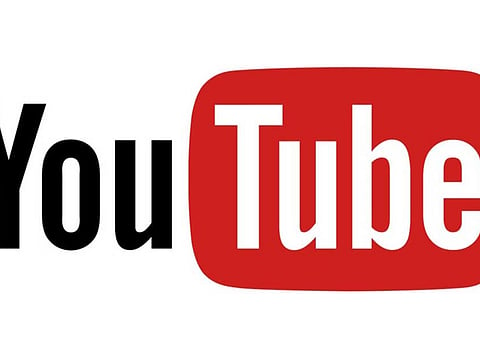Can we tame our algorithms?
We shouldn’t place all of our trust in a decision-making function that we don’t fully understand

‘Something is wrong on the internet,’ declares an essay trending in tech circles. But the issue isn’t Russian advertisements or Twitter harassers. It’s children’s videos.
The piece, by tech writer James Bridle, was published on the heels of a report from the New York Times that described disquieting problems with the popular YouTube Kids app. Parents have been handing their children an iPad to watch videos of Peppa Pig or Elsa from Frozen, only for the supposedly family-friendly platform to offer up some disturbing versions of the same. In clips camouflaged among more benign videos, Peppa drinks bleach instead of naming vegetables. Elsa might appear as a gore-covered zombie or even in a sexually compromising position with Spider-Man.
The phenomenon is alarming, to say the least, and YouTube has said that it’s in the process of implementing new filtering methods. But the source of the problem will remain. In fact, it’s the site’s most important tool — and increasingly, ours.
YouTube suggests search results and “up next” videos using proprietary algorithms: Computer programmes that, based on a particular set of guidelines and trained on vast sets of user data, determine what content to recommend or to hide from a particular user. They work well enough — the company claims that in the past 30 days, only 0.005 per cent of YouTube Kids videos have been flagged as inappropriate. But as these latest reports show, no piece of code is perfect.
Similar algorithms serve as the engine behind almost all of the most successful tech companies, powering everything from Facebook’s news feed to Google’s search results. (Google, incidentally, is the parent company of YouTube.) Naturally, these mysterious tools have become convenient scapegoats for many of the content problems we face today, from bizarre videos aimed at vulnerable children to misinformation in news feeds during the 2016 election.
Clearly, Silicon Valley has some work to do. But in addition to demanding more accountability from companies after their tools go awry, we should demand more responsibility from ourselves. We need to think about whether we want to reduce our own reliance on corporate algorithms, and if so, how.
As the internet has become an ever-larger part of our lives, we’ve come to rely on these proprietary bits of code as shortcuts for organising the world. Algorithms sort through information and make decisions for us when we don’t have the capability (or perhaps just the energy) to do it ourselves. Need to distract children? Send ‘em to the wildly educational world of YouTube. The app will pick out the safe videos — probably. The mechanism may be skewed by profit motives, biased by its data sets or just generally inscrutable, but is that any reason to give it up?
Why aren’t we more alarmed by this? Maybe because we’ve always used decision-making shortcuts, and they’ve always had flaws. How would we have chosen a children’s video before YouTube? Perhaps we’d act on a recommendation from a librarian, or a peer group, or even a National Legion of Decency list. These sources, too, were insular, subject to personal biases and limited in scope.
Still, there were meaningful differences between those old-school shortcuts and today’s machine-learning algorithms. The former had at least some oversight and regulation; it’s unlikely that a public library would lend out nursery rhyme snuff films. Shared community values made it clear which choices were being favoured, and why. And human judgement — today almost quaint — occasionally allowed for serendipity in a positive direction. One might come across a resource not carefully calibrated to agree only with one’s stated preferences, and be the better for it.
Is there any way to steer our current algorithmic regime in that more human direction? It’s not clear how. Some lawmakers have suggested that companies release their algorithms for public review; others propose regulating corporate algorithms. For now, the lesson for everyday users may just be an urgent need for increased awareness, a reminder that maybe we shouldn’t place all of our trust in a decision-making function that we don’t fully understand. Frightening children’s videos are, among other things, a wake-up call. If there’s something wrong on the internet, we should do more than just watch.
— Washington Post
Christine Emba is a Post opinions writer and editor.
Sign up for the Daily Briefing
Get the latest news and updates straight to your inbox



